





Listed among top-rank
service providers

Top App Developers in USA

Top Blockchain Development Companies in USA

Most-Trusted Android App Development Companies
Unlock the full article with just a tap on the play icon. Let’s dive in!
Lots of customers like testing a product before buying it. That’s why some businesses offer freemium products. This way of pricing gives a simple version of the product for free. People can pay more to get extra cool features. Freemiums help businesses get more users and look trustworthy.
With The App Founders, learn about freemiums, discuss different types and look at the good and bad sides of this pricing model.
Read Also:
Apps Like Amazon Flex: Earning Flexibly
A freemium is a way to use a service or app for free with basic features. If you want extra cool stuff, you pay for a premium version. The idea is to get people using the free version to eventually pay for the better one. It’s a win-win – the app owner gets potential paying users, and customers get to test the service before spending money.
This model allows users to explore the basic functionalities without any upfront cost. If they find value in the free version, they might consider upgrading to the premium version for additional features or enhanced experiences.
For businesses, offering a freemium model can be a smart strategy. It entices more people to try their product or service, increasing the chances of converting them into paying customers in the long run.
Additionally, it serves as a way to showcase the value and capabilities of the premium offering, encouraging users to invest in the upgraded version.
Customers benefit from this model by having the opportunity to test and familiarize themselves with the product or service before committing financially. It provides a risk-free way to evaluate whether the premium features align with their needs or preferences.
However, the success of a freemium model relies on striking the right balance between the free and premium features. Offering too much for free may discourage users from upgrading. Whereas providing too little may fail to entice them to invest in the premium version.
Thus, finding the sweet spot where the free version is appealing enough to prompt upgrades is crucial for the success of the freemium approach.
We know Gen Z & Mobile Apps; they are like peas in a pod. Today’s generation loves different kinds of apps which can make their life easier. However, they are also very cautious of what to invest in for an app and what not to.
So, considering whether you should offer freemium for your app depends on how good of an app you have. If your app has terrible mobile app navigation and the mobile app development services company has given zero consideration to user experience importance, then it’s obvious that you can get bad reviews if you offer it at a premium.
However, this is not the only factor to consider when giving Freemium. There are many cons and pros attached to it. Let’s examine these factors to better evaluate whether you should get Freemium.
Let’s explore the 10 compelling advantages of adopting the freemium approach:

By offering the app for free, you lower the barrier for users to download and explore it. This expands your user base exponentially, attracting a larger audience intrigued by the initial cost-free offering.

Freemium apps garner more downloads, increasing visibility and wider market penetration. The broader reach enhances brand recognition and lays the groundwork for potential monetization opportunities.
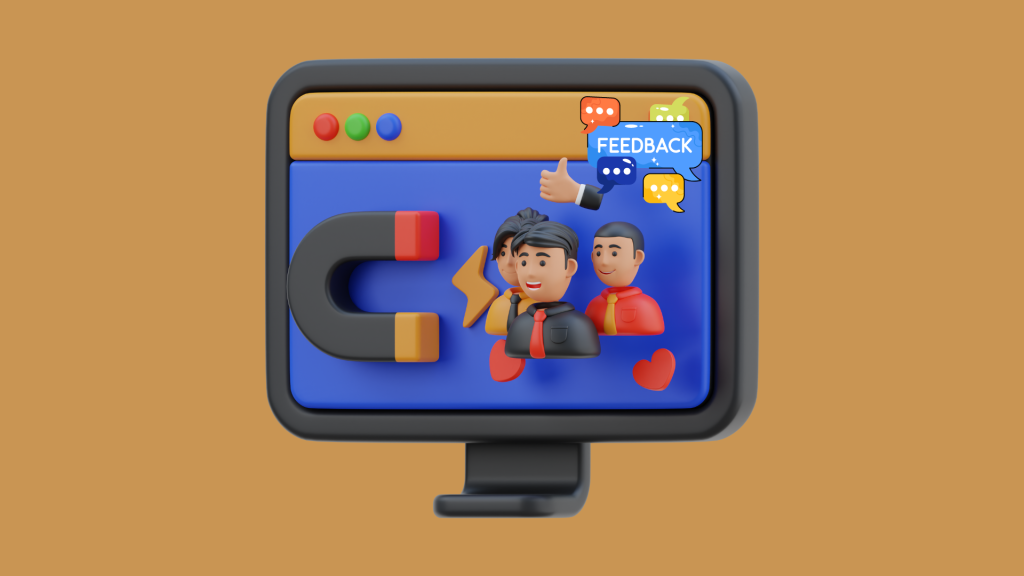
A free app encourages users to engage more readily, providing valuable feedback. This feedback loop aids in understanding user preferences, identifying pain points and refining the app based on user suggestions.
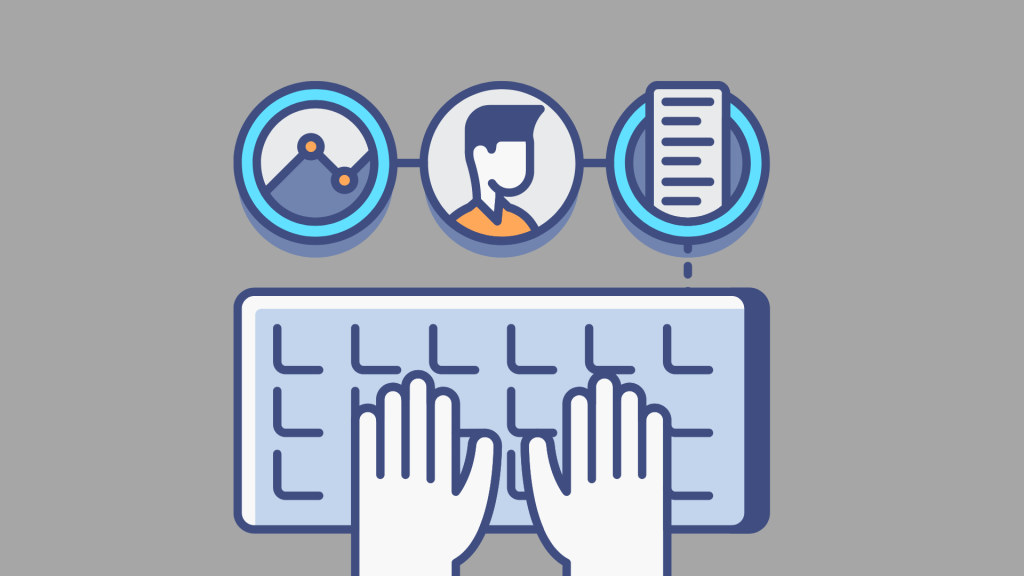
Users often hesitate to pay upfront for an app they haven’t experienced. Offering the app for free eliminates this hesitation, allowing users to explore its core features before considering any premium offerings.
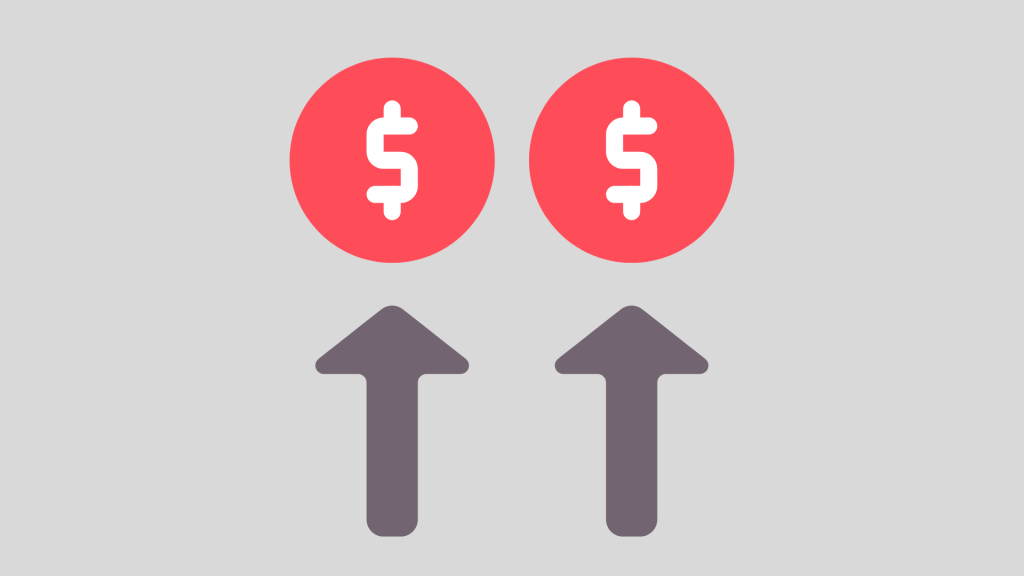
The free version acts as a teaser, enticing users with basic functionalities. Offering premium features or upgrades within the app presents an opportunity for upselling, enticing users to invest in enhanced capabilities.

Freemium apps foster a sense of community among users, encouraging them to interact, share experiences, and build a loyal user base. This community-centric approach aids in user retention and creates brand advocates.
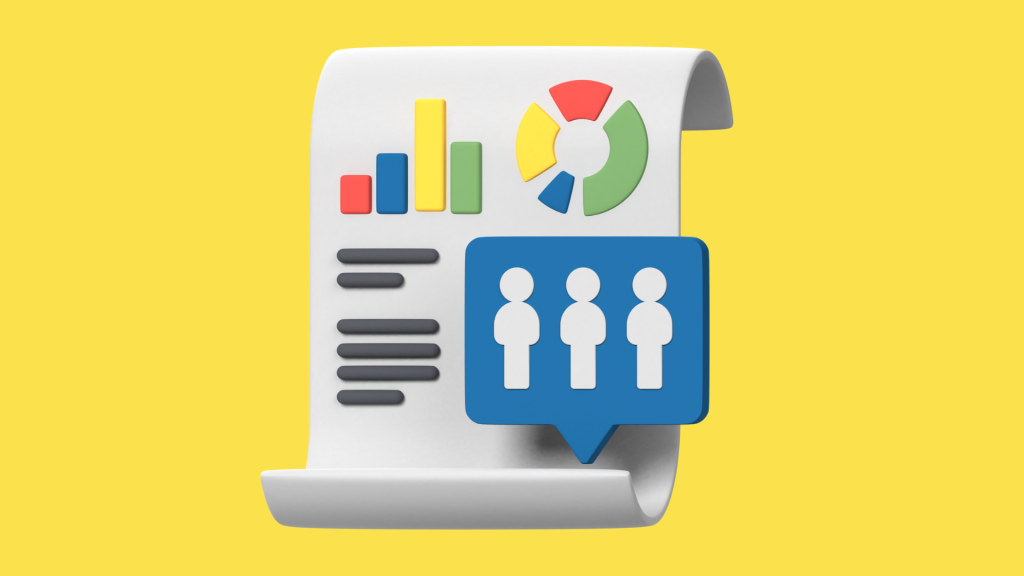
A larger user base in freemium apps provides extensive data insights and analytics. This data is invaluable for understanding user behavior, preferences, and patterns.
By leveraging this data, developers can make informed decisions to improve the app’s functionality, user experience, and marketing strategies, contributing to long-term success and growth.
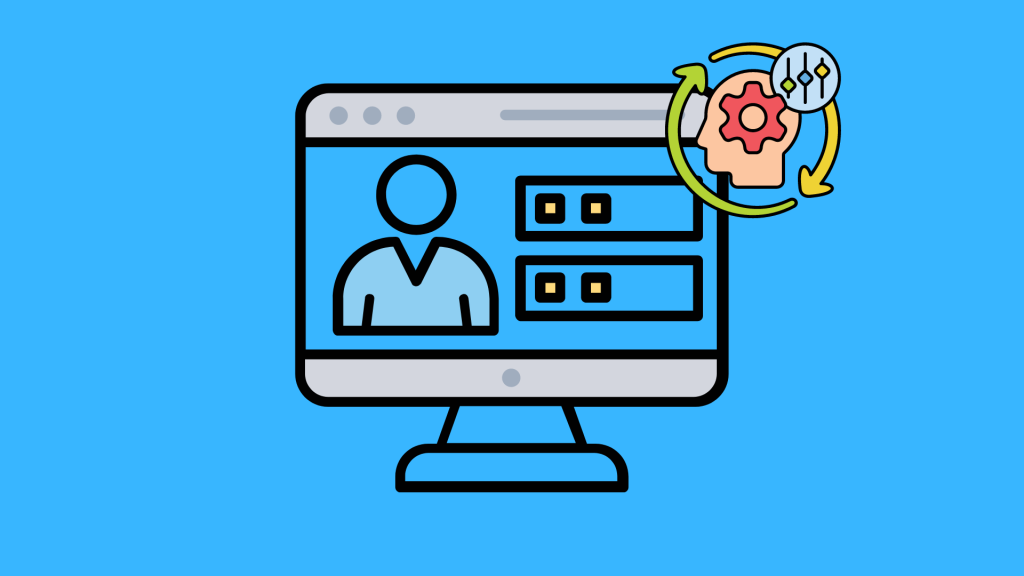
The freemium model allows developers to tailor the app based on user preferences. By analyzing how users interact with free and premium features, developers can fine-tune the app to cater to specific user demands.
This adaptability ensures the app remains relevant and aligns with evolving user needs, ultimately enhancing user satisfaction and engagement.

In a crowded app market, offering a free version with the option for premium upgrades positions your app competitively. The availability of a cost-free version serves as an enticing proposition, setting it apart from apps with fixed prices.
This strategic positioning can attract a larger audience, making your app a more accessible and appealing choice among competitors.
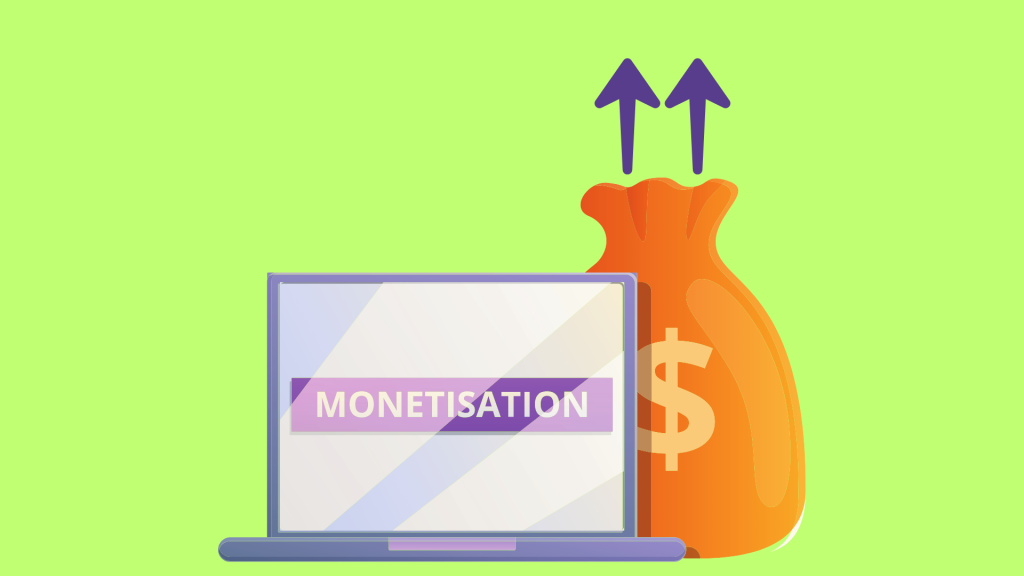
The freemium model presents opportunities for upselling. By offering a free version with limited features and enticing users with premium functionalities, it becomes easier to convert free users into paying customers.
Additionally, this model allows for various monetization strategies, such as in-app purchases, subscriptions, or advertisements in the free version, contributing to revenue generation.
While the freemium model offers numerous advantages, it’s crucial to acknowledge its potential drawbacks before deciding to offer your app for free. Let’s see the ten cons associated with the freemium approach:
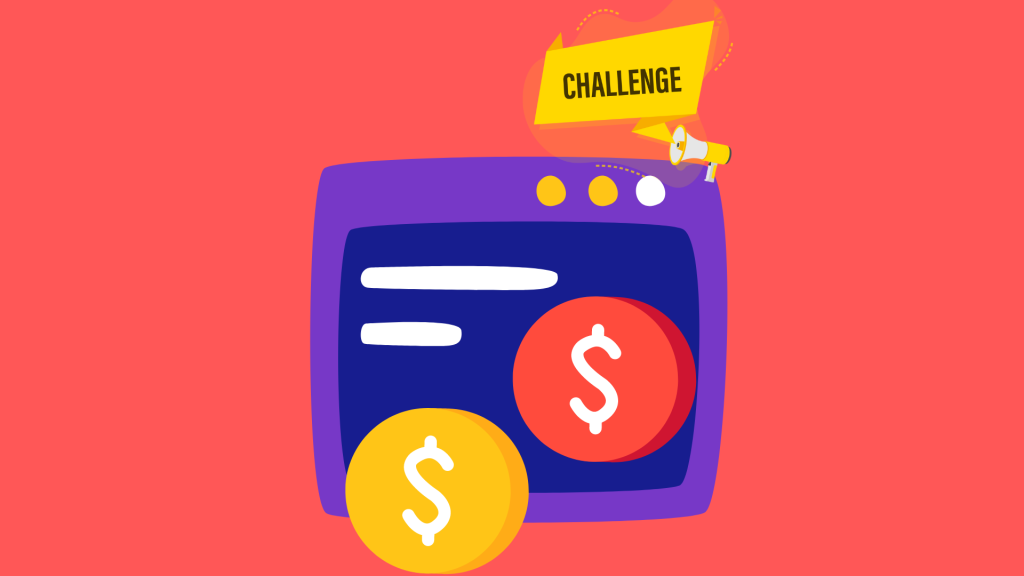
Relying solely on optional purchases or subscriptions within the app for revenue can pose challenges. Converting free users into paying customers often proves difficult, impacting the app’s profitability.
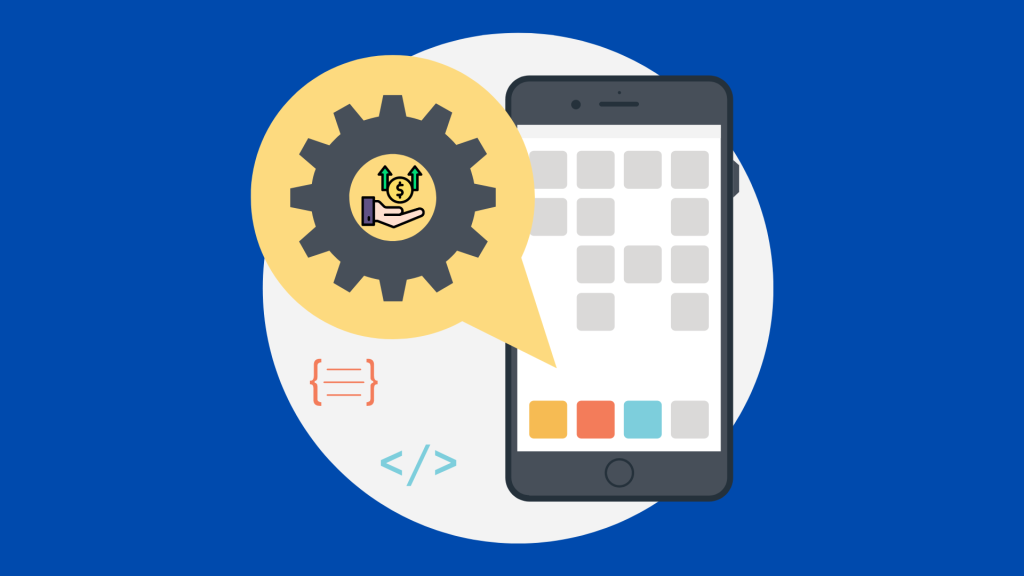
Maintaining a free app while continuously updating it with new features can be financially burdensome. Balancing development, server maintenance, and user support costs can strain resources.
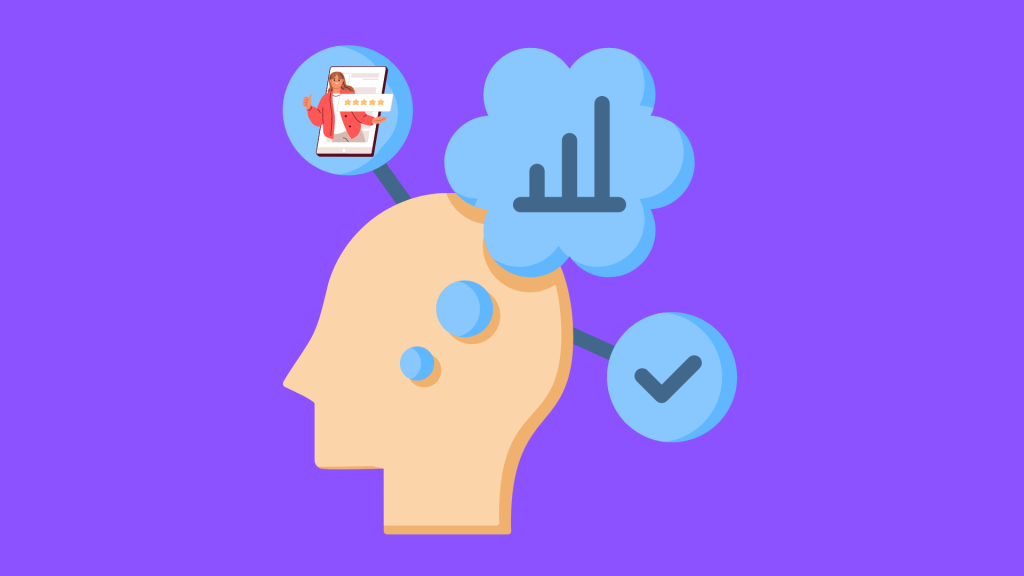
Free users may expect a significant level of functionality without paying. Dissatisfaction with limitations in the free version might lead to negative reviews, affecting the app’s reputation and user retention.
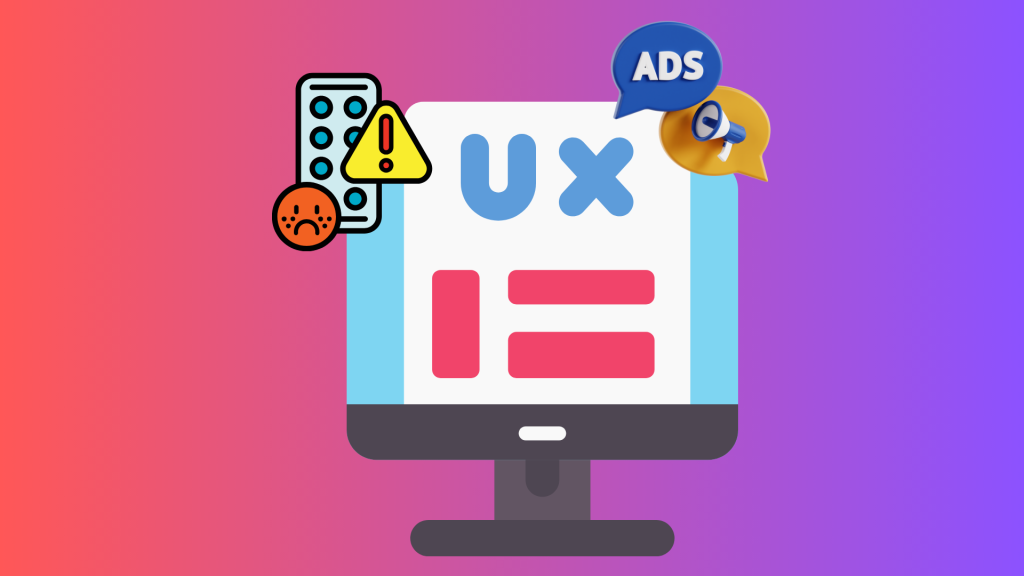
Incorporating ads in the free version to generate revenue might disrupt the user experience. Intrusive ads, if not managed properly, could lead to frustration and drive users away from the app.
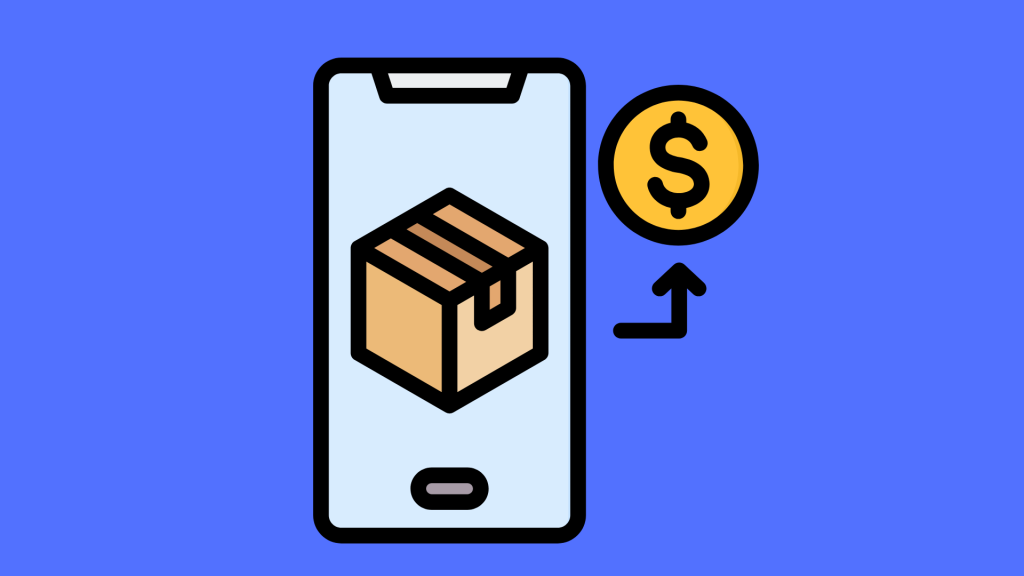
The success of the freemium model often hinges on enticing users to make in-app purchases. However, overemphasizing these purchases might overshadow the app’s core value, impacting user trust.
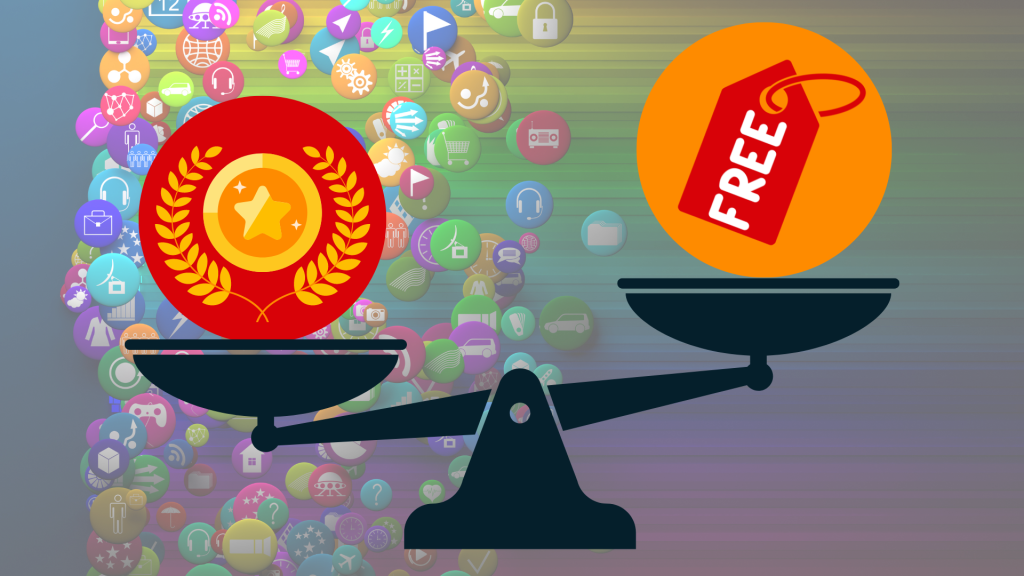
Determining which features to offer for free and which to reserve for premium versions can be challenging. Striking a balance between enticing free users and incentivizing upgrades is delicate.
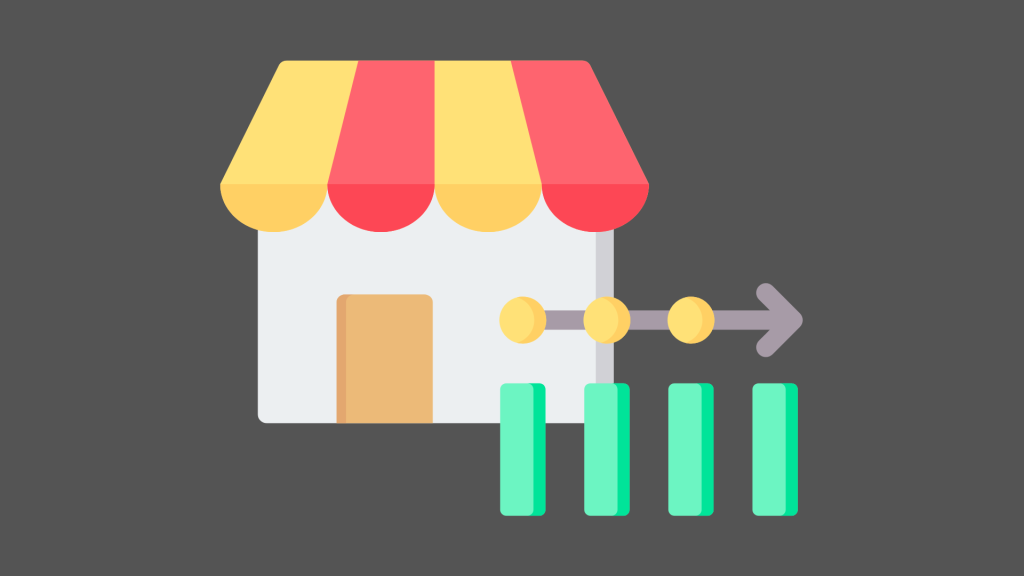
The app market is saturated with free offerings. Standing out among competitors while maintaining profitability becomes increasingly challenging, especially in crowded niches.

Relying on user behavior and unpredictable conversion rates from free to paid versions can result in revenue uncertainty. This unpredictability poses challenges in forecasting and financial planning.

Monetization strategies like collecting user data for targeted ads can raise privacy concerns. Balancing revenue generation with user privacy and data protection becomes critical in maintaining trust.
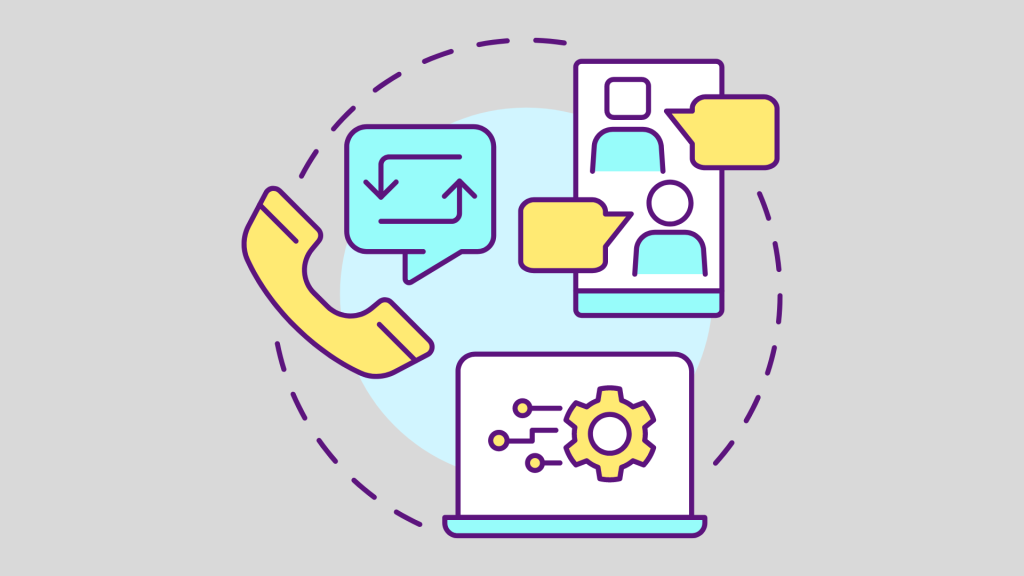
Free users might require more customer support, yet their contribution to revenue might not justify the associated costs. Managing support inquiries and addressing user issues can strain resources.
Freemium mobile apps are free to download, but they still earn money. Users can use the app for free with basic features and unlock more features by buying them.
Thinking about free apps, there are good and not-so-good sides. If you want many people to use your app, this is a great way, as free apps get downloaded a lot. It makes sense because people prefer trying an app before buying it.
The free version must show enough value to make the freemium model work to make users want to pay for extra features. It’s a balancing act – no one will want to pay more if the free version is too good. But users won’t feel the upgrade is worth paying for if it’s not good enough.
Read Also:
Apps Like Temu: Discovering Alternatives
| Freemium Model Overview | Pros | Cons |
|---|---|---|
| Increased User Acquisition | 1. Attracts a larger audience with a cost-free offering. | 1. Relying solely on optional purchases can pose monetization challenges. |
| Market Penetration and Brand Visibility | 2. Expands market reach, enhances brand recognition. | 2. Development and maintenance costs can strain resources. |
| User Engagement and Feedback | 3. Encourages user engagement and valuable feedback. | 3. Free users may have high expectations, affecting satisfaction. |
| Reduced Barrier to Entry | 4. Eliminates hesitation for users to explore core features. | 4. Ads in the free version may disrupt the user experience. |
| Opportunity for Upselling | 5. Teases users with basic functionalities, presents upselling opportunities. | 5. Potential overreliance on in-app purchases may impact trust. |
| Community Building and User Retention | 6. Fosters a sense of community, aids in user retention. | 6. Balancing free and premium features can be challenging. |
| Data Collection and Analytics | 7. Provides valuable data insights and analytics. | 7. Competitive pressures in saturated markets may arise. |
| Adaptability to User Preferences | 8. Allows developers to tailor the app based on user feedback. | 8. Limited revenue predictability and financial planning. |
| Competitive Edge and Market Positioning | 9. Positions the app competitively with a cost-free version. | 9. Potential user privacy concerns with data collection. |
| Opportunity for Upselling and Monetization | 10. Presents opportunities for upselling and varied monetization strategies. | 10. Free users may demand higher customer support, impacting costs. |
Deciding whether to offer your app for free using the freemium model has its upsides and downsides. On the bright side, it lets more people access your app. This boosts user involvement and increases earnings through in-app purchases or premium subscriptions.
But there are challenges, too, like figuring out how to make money from a free app and getting free users to upgrade. That’s where teaming up hybrid app development agency comes in handy.
They’re experts in creating apps that balance free and premium features and know much about what users like and what works in the market.

Satisfied
Customers
Work hours
Work hours
customer
retention rate
All company logos and trademarks appearing on our website are the property of their respective owners. We are not affiliated, associated, endorsed by, or in any way officially connected with these companies or their trademarks. The use of these logos and trademarks does not imply any endorsement, affiliation, or relationship between us and the respective companies. We solely use these logos and trademarks for identification purposes only. All information and content provided on our website is for informational purposes only and should not be construed as professional advice. We do not guarantee the accuracy or completeness of any information provided on our website. We are not responsible for any errors or omissions, or for the results obtained from the use of this information. Any reliance you place on such information is strictly at your own risk.